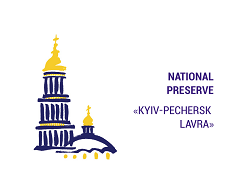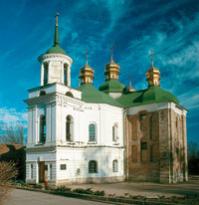Curious facts about Kyiv-Pechersk Lavra

Did you know that already in the first half of the 18th century, horilka (vodka) has been considered to be a traditional drink in the Pechersk monastery?
The needs of the monastery were provided by distilleries located in numerous Lavra estates, the largest of which were Radychevska and Pakulska.
The range of horilkas, which were divided into “strong” (pervak), “low-quality vodka” and “simple” vodka depending on their quality, was significantly supplemented by “vodka”, obtained in the Lavra winery by double or triple distillation of “strong” and “low-quality” vodka. Strong vodka drink – with the addition of “Canary (cane) sugar” – was known as “sweet” or “sugar vodka”. The practice of making “roots vodkas”, i.e. various nastoyanka (infused vodkas), was also widespread.
In 1761, the Lavra housekeeper added a lot of spices to the list of “What kind of roots do you need to buy to make different types of vodka?” such as “canella, muscat, mace flowers, clove, cluster cardamom, mastiha, storax, cyclamen, alkermes, cumin, cubeba, juniper, violet root and others”.
Horilka and vodkas were served at the fraternal meal and in the cells (on the occasion of Christmas, Easter, and the Dormition of the Mother of God).
Natalia Lytvyn
Captions to illustrations:
Fig. 1. [untitled]










